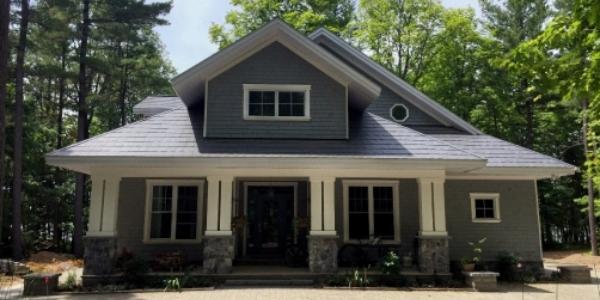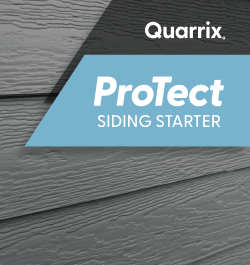MRA Urges Homeowners to Think Fire Safety First for the 4th of July Holiday

The Metal Roofing Alliance (MRA) shares important steps homeowners should take to prevent wildfires this upcoming 4th of July.
It’s a combustible combination: the Fourth of July holiday happens to fall during the peak of wildfire season in many areas of the country, making this celebratory event particularly fraught with danger.
In fact, according to the National Fire Protection Association (NFPA), an estimated 19,500 fires started by fireworks were reported to local fire departments in the U.S. during 2018, causing $105 million in direct property damage. Hot summertime temperatures and fireworks only exasperate the potential danger caused by one careless accident. Sparks and airborne illegal fireworks can easily ignite if they land in gutters or on top of roofs made of wood shake and even asphalt. Windy conditions are particularly dangerous as drifting embers and sparks are more likely to be blown onto rooftops.
But fireworks are just one factor. In many regions, the wildfire season starts earlier and lasting well into the fall, making the 4th of July holiday an important time to consider ways to enhance home safety and protection all season long. The Metal Roofing Alliance (MRA) advises homeowners to consider these important steps and improvements that can help protect against wildfire threats, including:
1 - Make sure fire safety equipment is prepared and ready.
The 4th is an ideal time to check fire and carbon monoxide alarms, replace batteries as needed and make sure working fire extinguishers are handy and located throughout your home. Check the latches and hinges on windows and doors to ensure they open properly and wide enough to provide an escape route in the event of an emergency. Windows should be dual-paned with one pane of tempered glass to reduce the chance of breaking during a fire.
2- Take cover against threats.
An ignition-resistant roof is key to wildfire home protection. Flying embers from a wildfire can destroy a home up to a mile away and a roof is one of the most vulnerable areas. If a roof is covered with wood or asphalt shingles, homeowners should consider replacing it with a fire-resistant material, such as metal. That’s because metal roofing has a Class A fire rating, the highest available, which is why safety experts recommend them for wildfire-prone areas to help protect homes. No matter what your roof type, perform essential maintenance by keeping gutters, eves, soffits and areas under solar panels clean. Dried leaves and vegetation can create the ideal ignition conditions for a wayward spark. Use only vent covers that will not readily burn or melt.
3 - Create a defensible barrier.
Properly maintained, smart landscaping can reduce and slow the spread of wildfire towards a structure. Remove and reduce any dead or dry vegetation that can add fuel to a wildfire and choose appropriate fire-resistant plantings. Trim tree branches away from the roof and remove lower tree branches at least six feet from the ground. Limit combustible structures attached to your residence–such as decks, patios and fences. Keep stacked wood piles away from your home.
4 - Think like an emergency responder.
Make sure your home address is posted clearly and visibly from the street, especially at night and never block or obstruct emergency access points. Make sure outdoor hose bibs and sprinklers are in good working order.
5 - Make a plan.
Make sure your home address is posted clearly and visibly from the street, especially at night and never block or obstruct emergency access points. Make sure outdoor hose bibs and sprinklers are in good working order.
About Metal Roofing Alliance (MRA)
Representing metal roofing manufacturers in the United States and Canada, the Metal Roofing Alliance (MRA) was formed to help educate consumers about the many benefits of metal roofs. The main objective of MRA is to increase awareness of the beauty, durability and money-saving advantages of quality metal roofs among homeowners, as well as to provide support for metal roofing businesses and contractors. For more information, visit MRA.























Comments
Leave a Reply
Have an account? Login to leave a comment!
Sign In